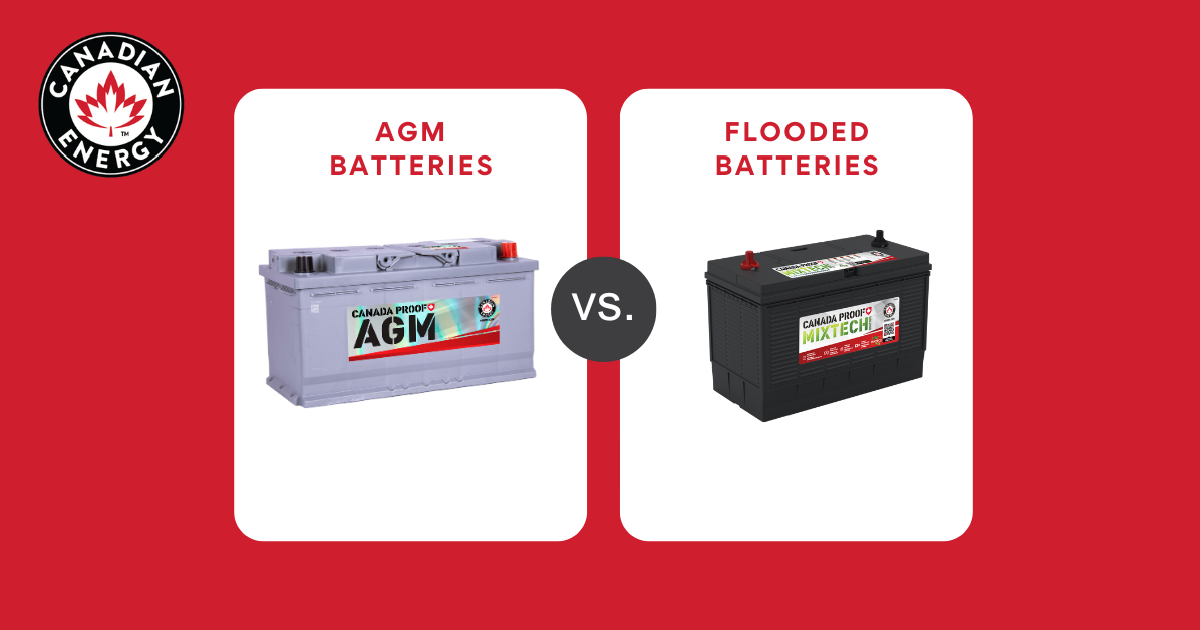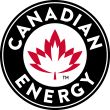AGM vs. Flooded Lead-Acid Batteries - What You Need To Know

You most likely operate your vehicle, workplace equipment or renewable energy systems with batteries that are rechargeable. Rechargeable batteries account for nearly half of worldwide battery sales. Within the rechargeable battery category, there are many different types of chemistries that are used. The most proven type of chemistry is the lead acid chemistry.
Wet cell or “flooded” batteries and Absorbed Glass Mat (AGM) batteries are both considered lead batteries and contain an electrolyte solution which causes a chemical reaction and produces electrons. These lead-acid batteries are recharged when put in contact with a reverse current. But, given the way they are designed, they each have their own pros and cons and these variations should be considered before use.
Flooded/Wet Cell Batteries
Possibly the most “traditional” type of battery, wet (or “flooded”) batteries most closely mimic the design of the original battery. These batteries contain a combination of liquid electrolyte. The liquid in these batteries must be carefully measured and maintained in order for the battery to perform properly.
Pros:
While flooded batteries do require maintenance, if taken care of properly this battery type will last longer than many of their counterparts.
Cons:
Most of the cons of the flooded battery stem from the fact that they contain free liquid that requires periodic inspection and maintenance. Flooded batteries can also be inadvertently damaged in forceful movement. Extreme climates can have a greater effect on the battery life due to the electrolyte solution inside the battery having the ability to evaporate or freeze.
Ideal applications for flooded lead-acid batteries
Wet Cell batteries are typically the best choice for backup power applications, utility, and grid energy storage.
Absorbed Glass Mat (AGM)
An AGM (absorbed glass mat) battery contains a special glass mat separator that wicks the electrolyte solution between the battery plates. This material’s design enables the fiberglass to be saturated with electrolyte – and to store the electrolyte in a “dry” or suspended state rather than in free liquid form. As the battery works, electrolyte is transferred from the glass mat to battery plates as required. The mat contains enough electrolyte for the battery to deliver its full capacity and – should the battery case become damaged or the battery is tipped on its side – its electrolyte will not spill.
Pros:
These batteries are referred to as maintenance free batteries, and do not require watering service. Since there is no free liquid and minimal gassing, AGM batteries can perform better than flooded batteries in applications where maintenance is difficult to perform.
Cons:
Cons: Users should take care when charging this battery as over and under charging can affect their life and performance. AGM batteries perform most reliably when their use is limited to the discharge of no more than 50% of battery capacity.
Ideal applications for AGM lead-acid batteries
AGM batteries can often be found in off-grid power systems including environmentally friendly renewable energy systems like wind and solar power. They are also great for electric vehicle service and uninterrupted power supply systems, as well as robotics and some ATVs and motorcycles.
